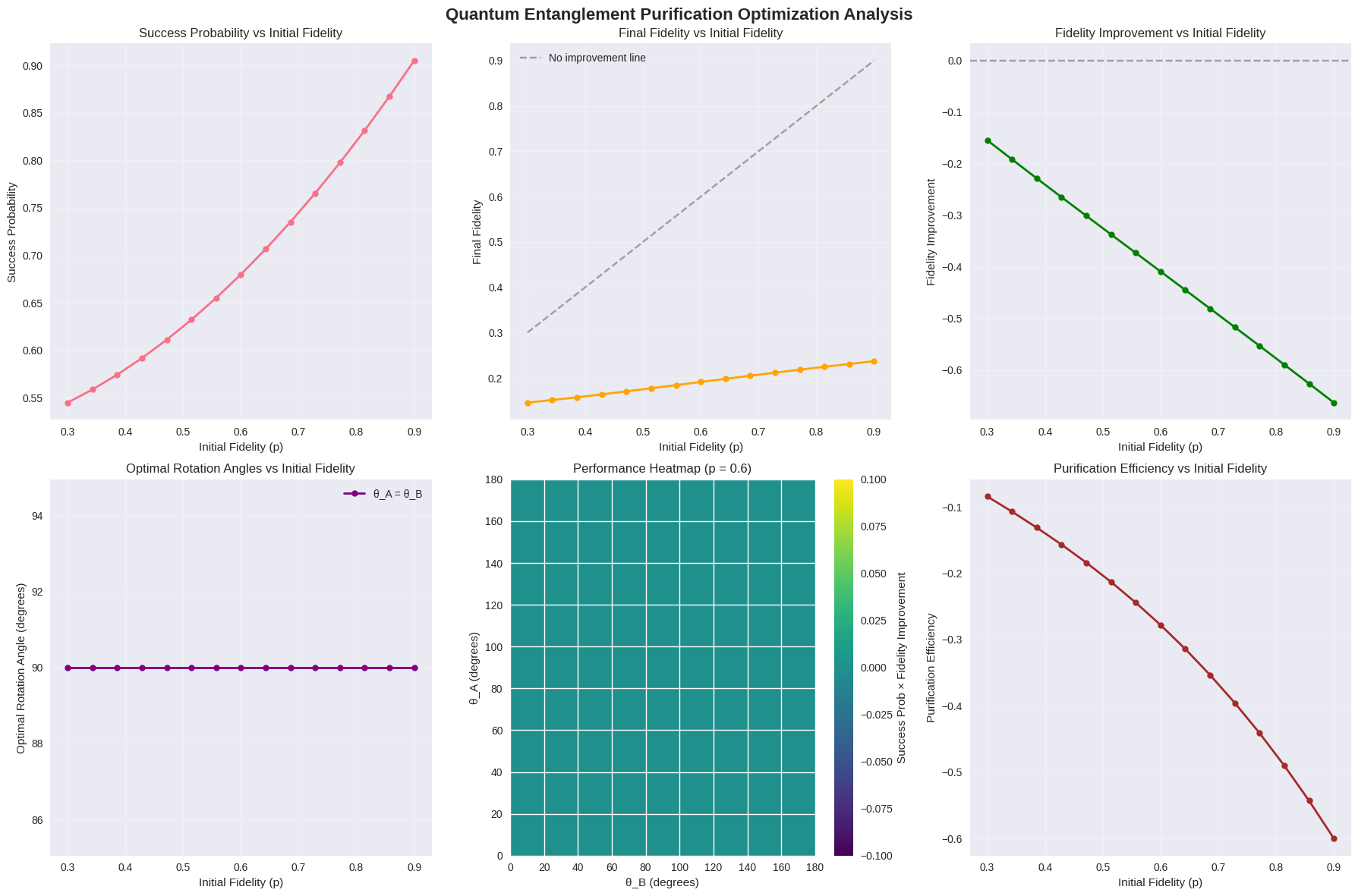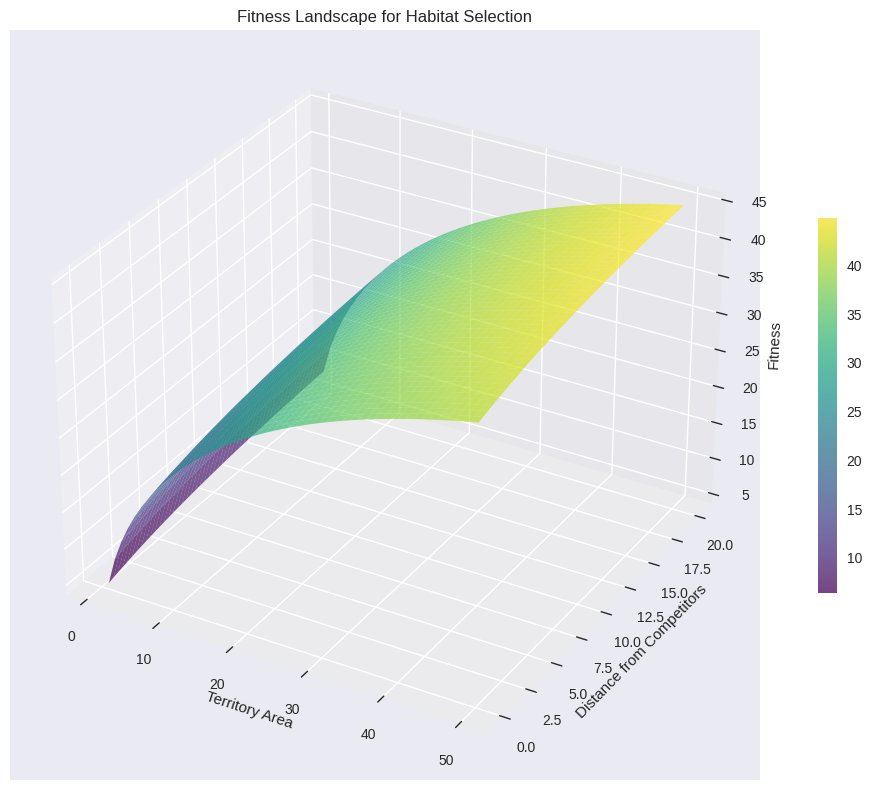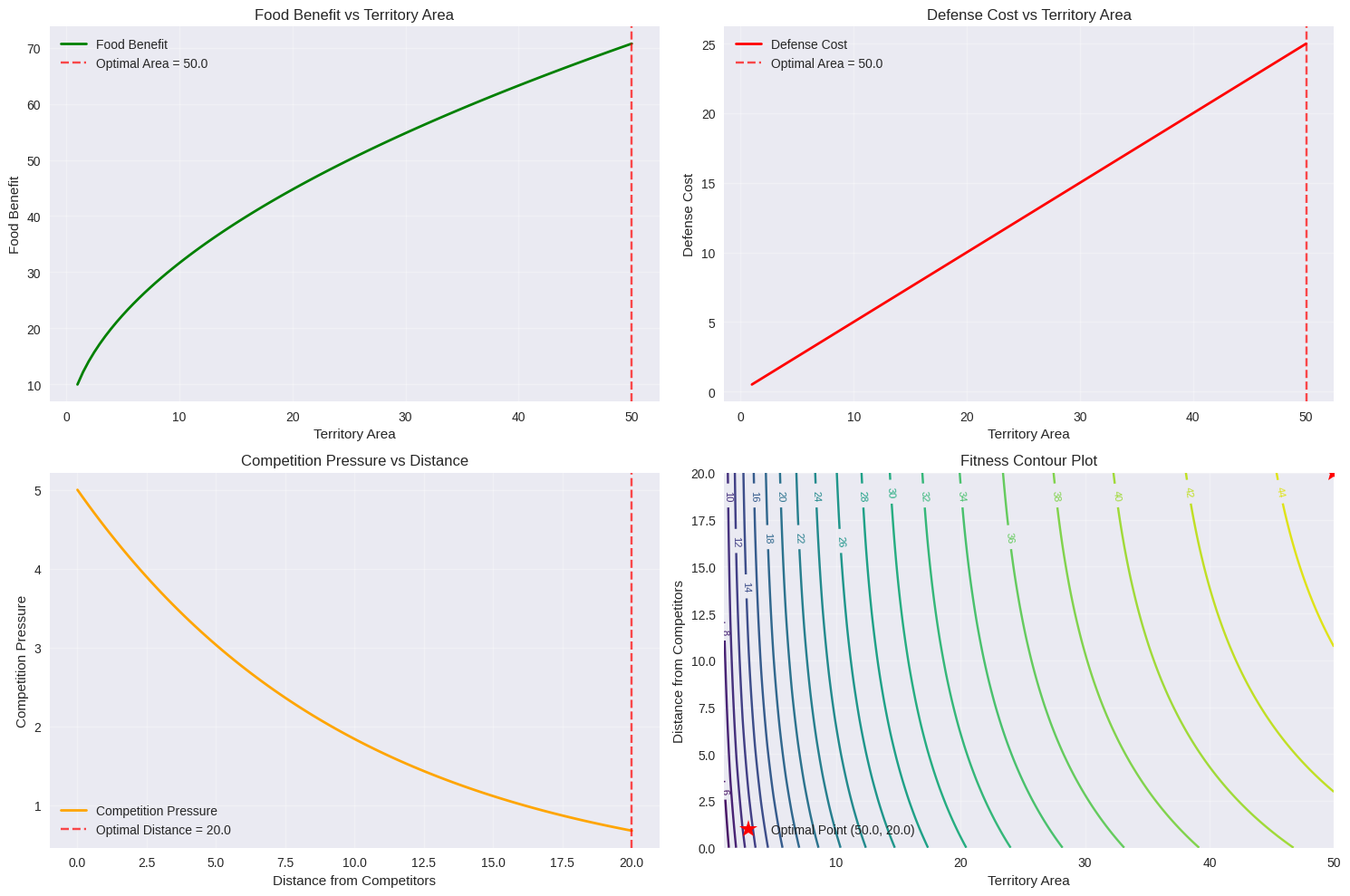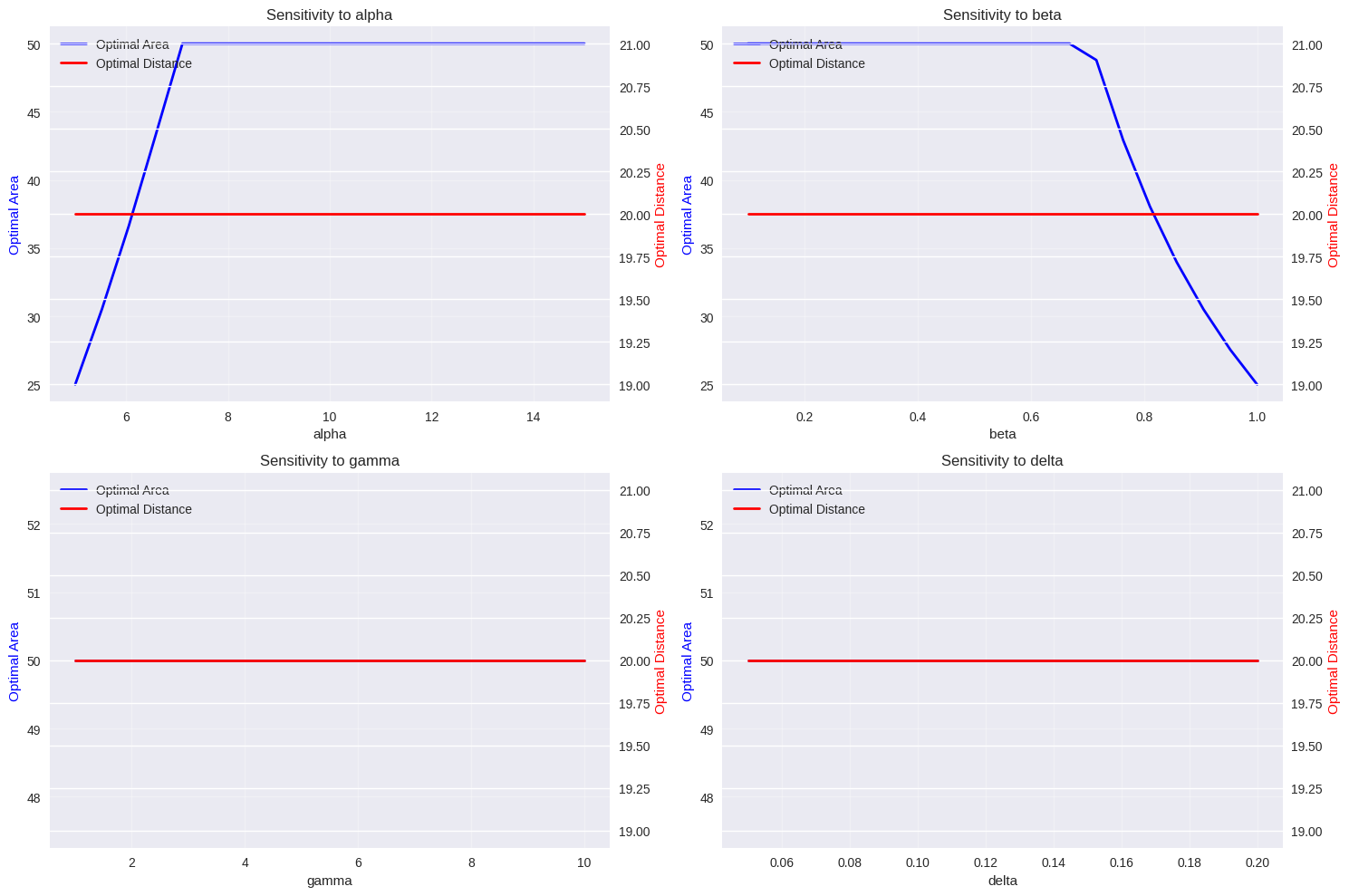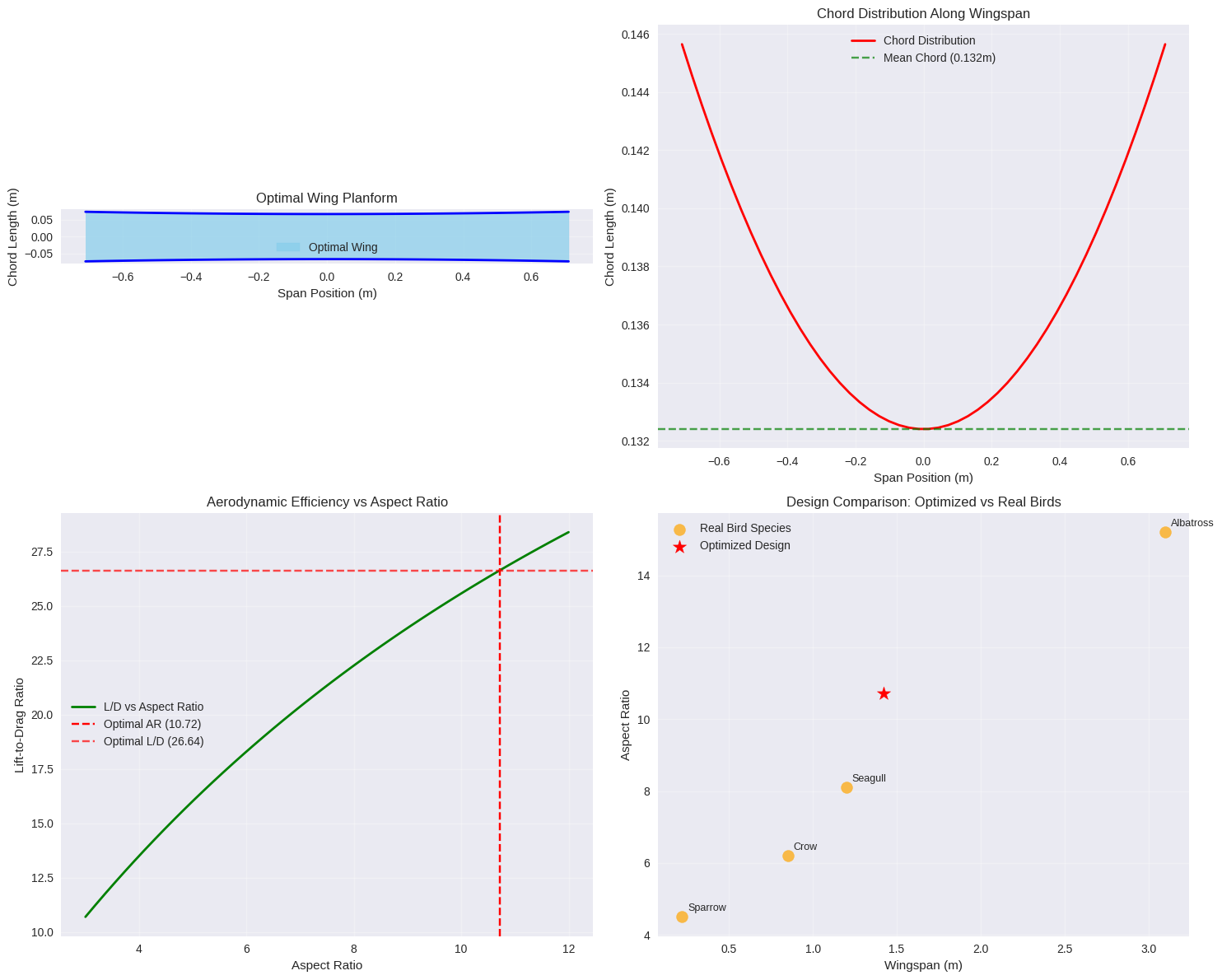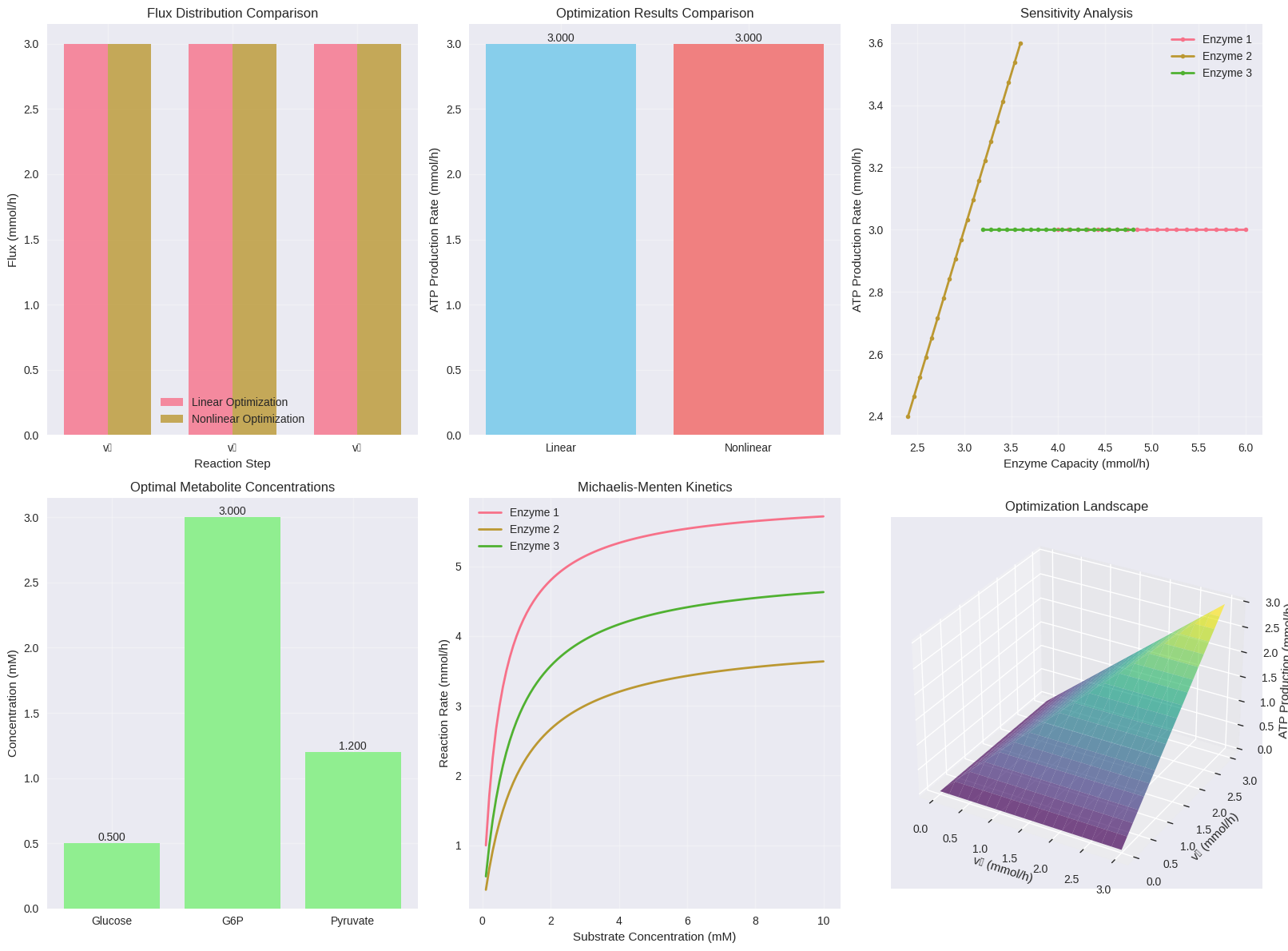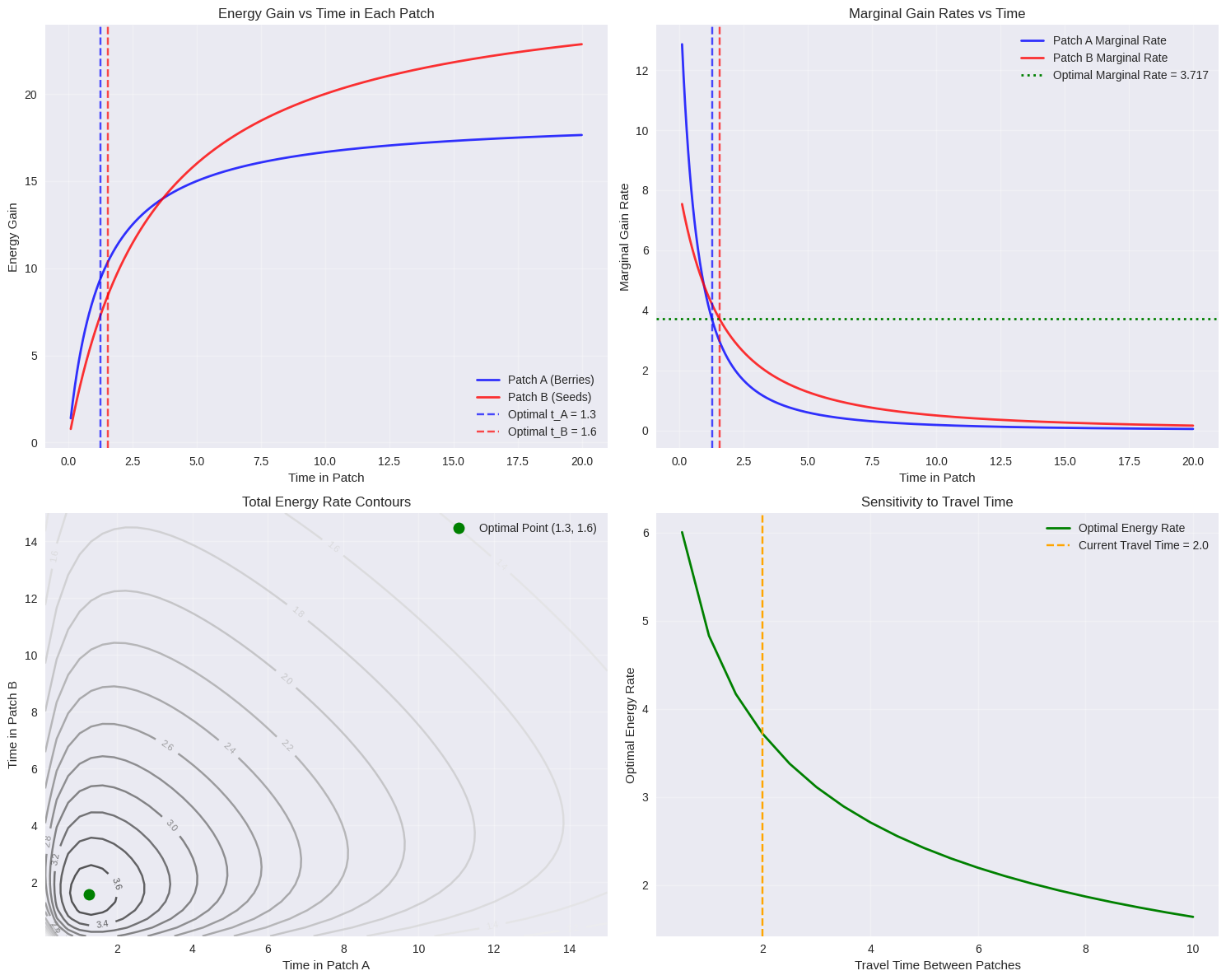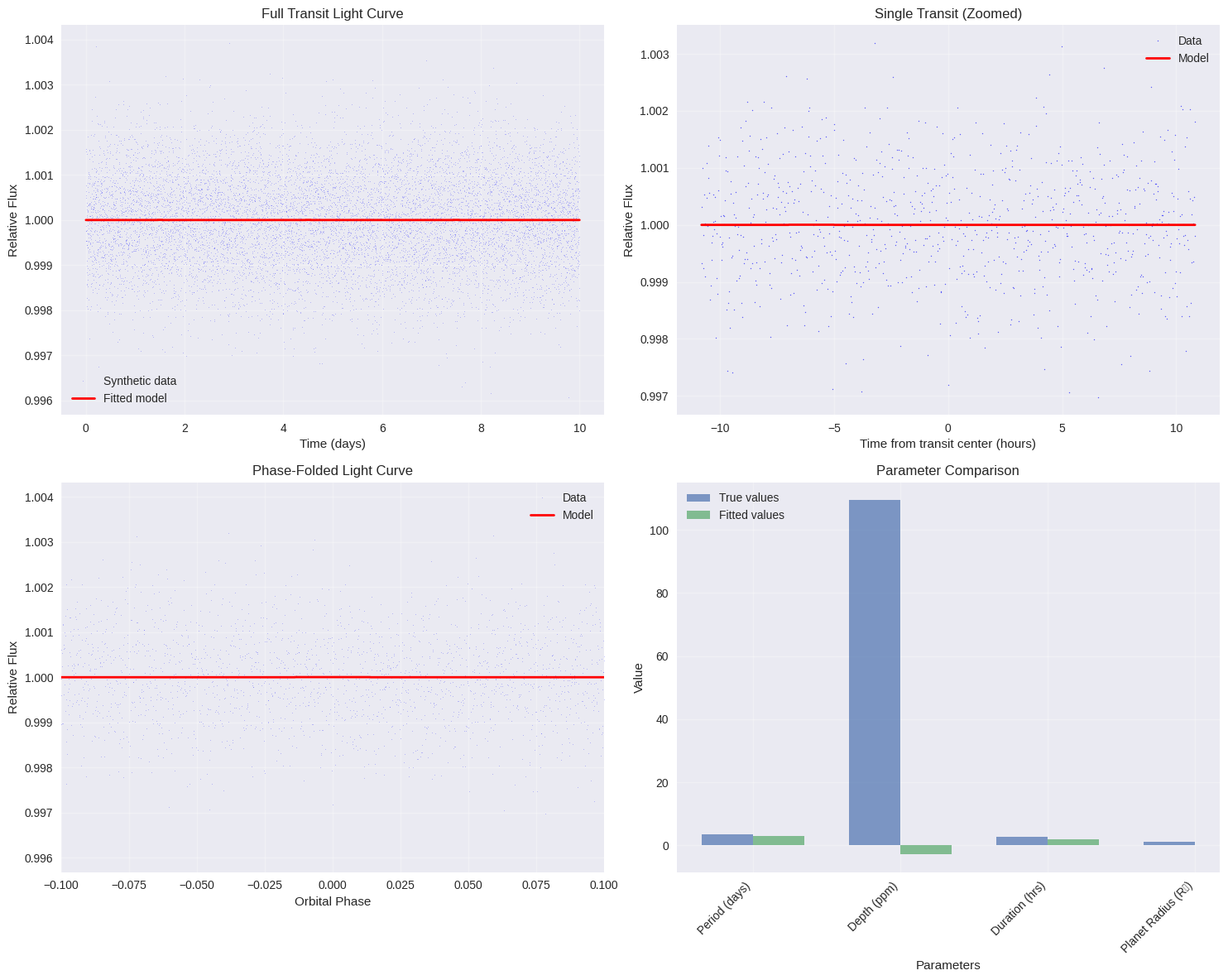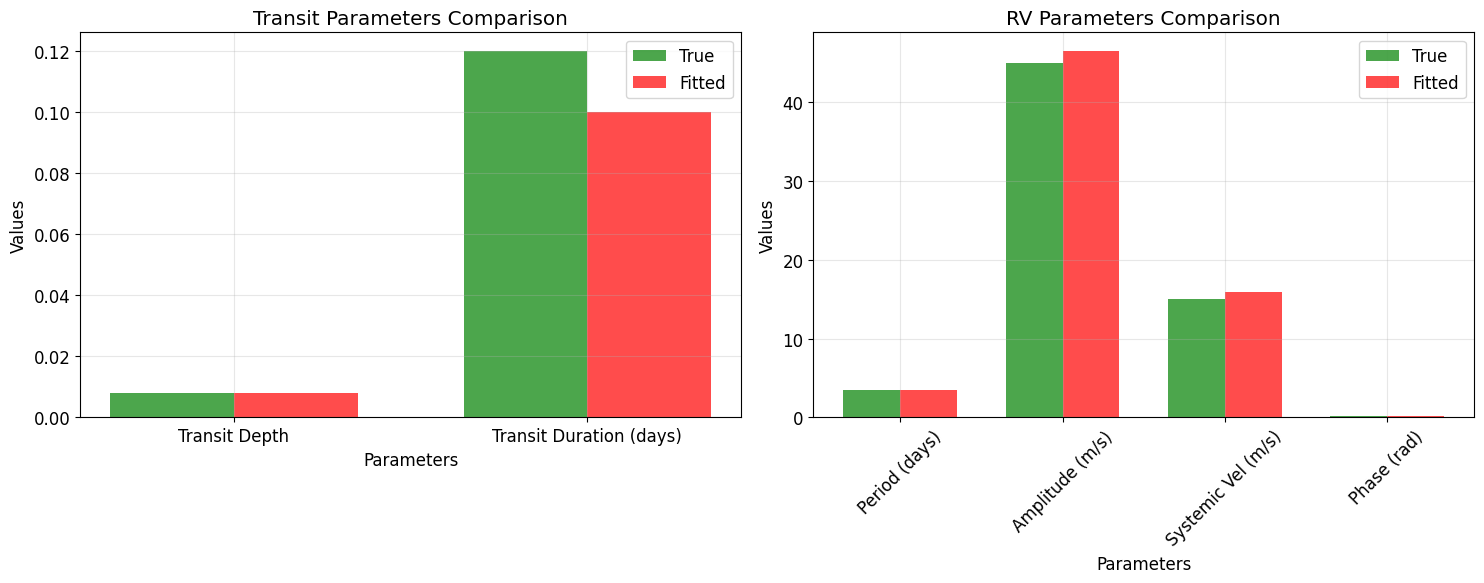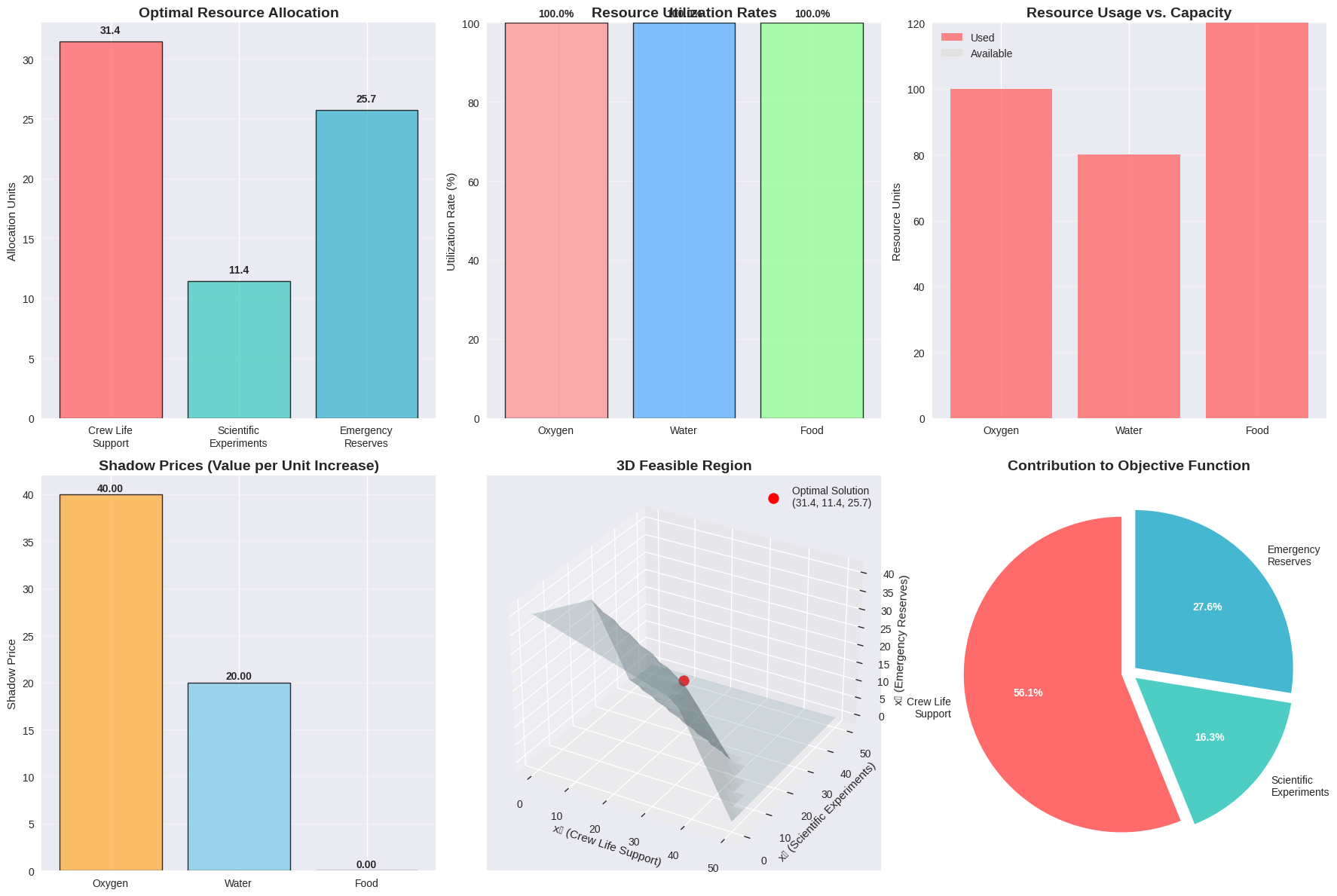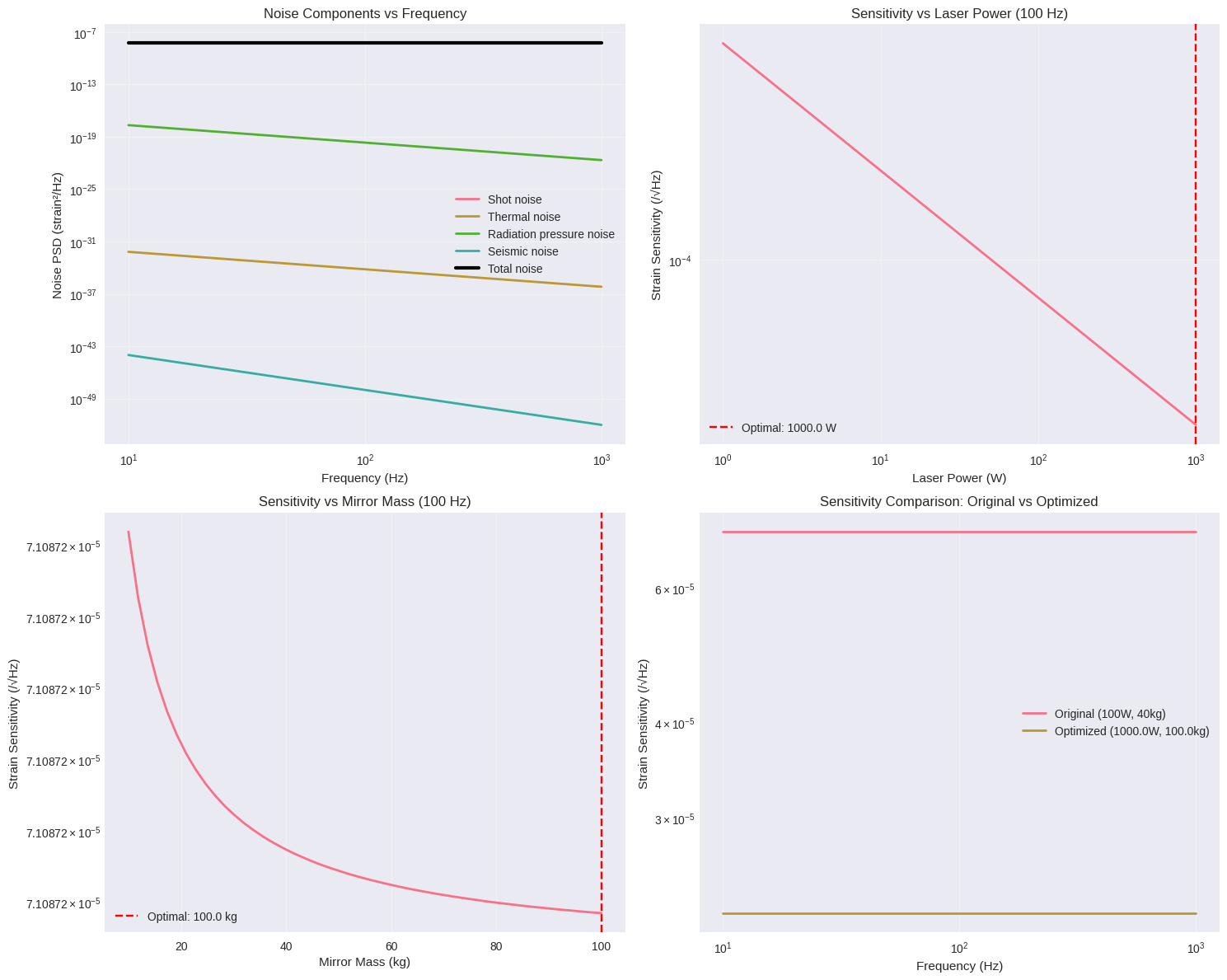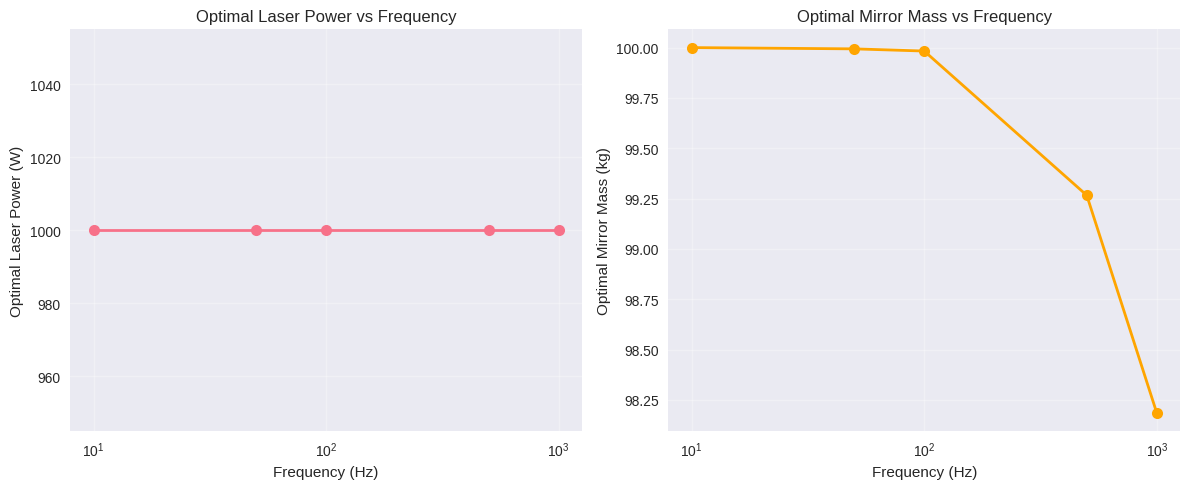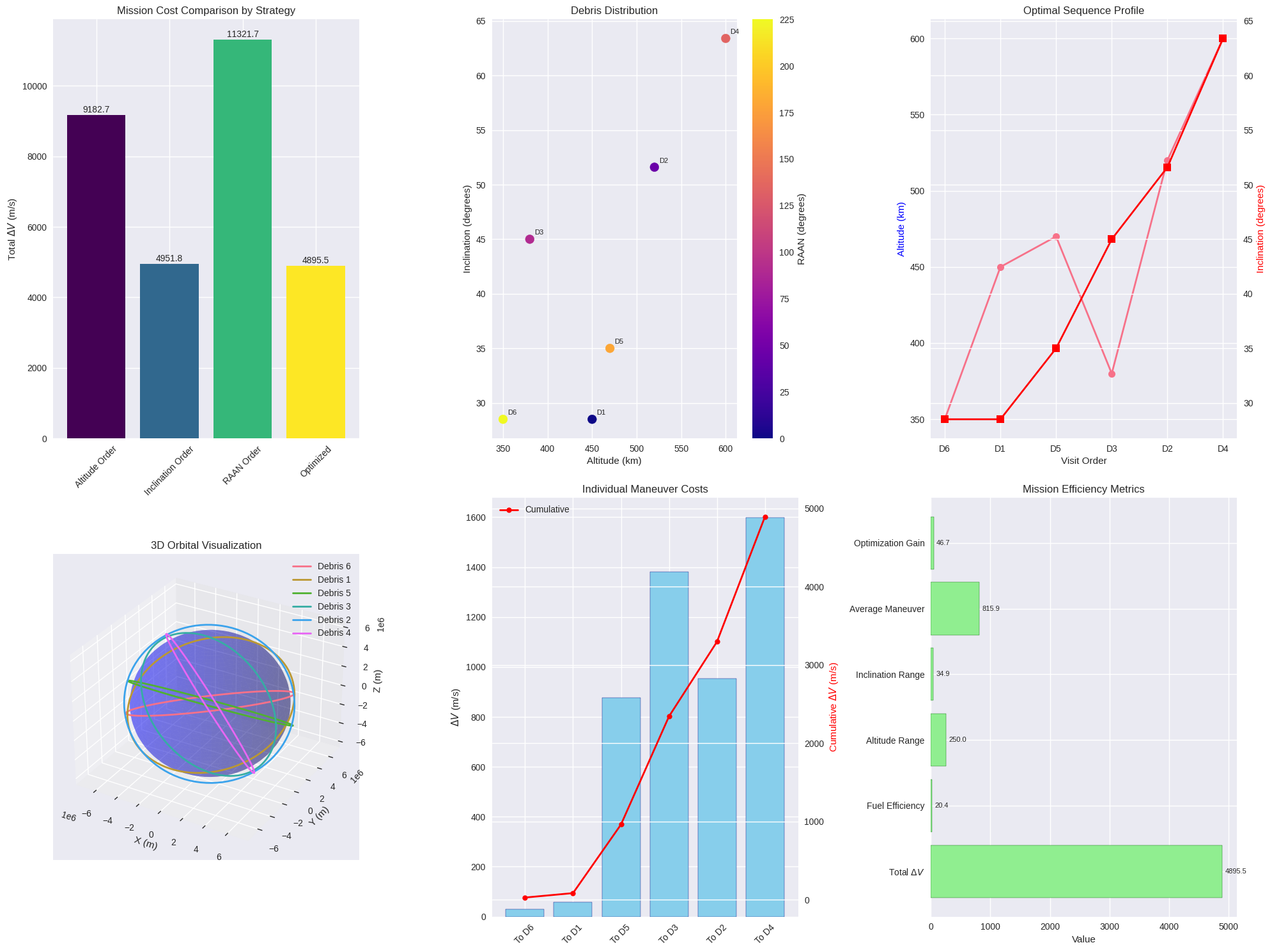1
2
3
4
5
6
7
8
9
10
11
12
13
14
15
16
17
18
19
20
21
22
23
24
25
26
27
28
29
30
31
32
33
34
35
36
37
38
39
40
41
42
43
44
45
46
47
48
49
50
51
52
53
54
55
56
57
58
59
60
61
62
63
64
65
66
67
68
69
70
71
72
73
74
75
76
77
78
79
80
81
82
83
84
85
86
87
88
89
90
91
92
93
94
95
96
97
98
99
100
101
102
103
104
105
106
107
108
109
110
111
112
113
114
115
116
117
118
119
120
121
122
123
124
125
126
127
128
129
130
131
132
133
134
135
136
137
138
139
140
141
142
143
144
145
146
147
148
149
150
151
152
153
154
155
156
157
158
159
160
161
162
163
164
165
166
167
168
169
170
171
172
173
174
175
176
177
178
179
180
181
182
183
184
185
186
187
188
189
190
191
192
193
194
195
196
197
198
199
200
201
202
203
204
205
206
207
208
209
210
211
212
213
214
215
216
217
218
219
220
221
222
223
224
225
226
227
228
229
230
231
232
233
234
235
236
237
238
239
240
241
242
243
244
245
246
247
248
249
250
251
252
253
254
255
256
257
258
259
260
261
262
263
264
265
266
267
268
269
270
271
272
273
274
275
276
277
278
279
280
281
282
283
284
285
286
287
288
289
290
291
292
293
294
295
296
297
298
299
300
301
302
303
304
305
306
307
308
309
310
311
312
313
314
315
316
317
318
319
320
321
322
323
324
325
326
327
328
329
330
331
332
333
334
335
336
337
338
339
340
341
342
343
344
345
346
347
348
349
350
351
352
353
354
355
356
357
358
359
360
361
362
363
364
365
366
367
368
369
370
371
372
| import numpy as np
import matplotlib.pyplot as plt
from scipy.optimize import minimize_scalar, minimize
import seaborn as sns
plt.style.use('seaborn-v0_8')
sns.set_palette("husl")
class QuantumEntanglementPurification:
def __init__(self):
"""Initialize quantum entanglement purification optimizer"""
self.I = np.array([[1, 0], [0, 1]], dtype=complex)
self.X = np.array([[0, 1], [1, 0]], dtype=complex)
self.Y = np.array([[0, -1j], [1j, 0]], dtype=complex)
self.Z = np.array([[1, 0], [0, -1]], dtype=complex)
self.phi_plus = np.array([1, 0, 0, 1], dtype=complex) / np.sqrt(2)
self.phi_minus = np.array([1, 0, 0, -1], dtype=complex) / np.sqrt(2)
self.psi_plus = np.array([0, 1, 1, 0], dtype=complex) / np.sqrt(2)
self.psi_minus = np.array([0, 1, -1, 0], dtype=complex) / np.sqrt(2)
def werner_state(self, p):
"""Create a Werner state with fidelity parameter p"""
phi_plus_dm = np.outer(self.phi_plus, np.conj(self.phi_plus))
identity_4 = np.eye(4, dtype=complex)
return p * phi_plus_dm + (1 - p) * identity_4 / 4
def rotation_operator(self, theta, phi=0):
"""Create rotation operator R(theta, phi) = exp(-i*theta*(cos(phi)*X + sin(phi)*Y)/2)"""
return np.cos(theta/2) * self.I - 1j * np.sin(theta/2) * (np.cos(phi) * self.X + np.sin(phi) * self.Y)
def bilateral_rotation(self, theta_a, theta_b, phi_a=0, phi_b=0):
"""Apply bilateral rotation to both qubits"""
R_a = self.rotation_operator(theta_a, phi_a)
R_b = self.rotation_operator(theta_b, phi_b)
return np.kron(R_a, R_b)
def cnot_gate(self):
"""CNOT gate matrix"""
return np.array([[1, 0, 0, 0],
[0, 1, 0, 0],
[0, 0, 0, 1],
[0, 0, 1, 0]], dtype=complex)
def bilateral_cnot(self):
"""Apply bilateral CNOT operations"""
cnot = self.cnot_gate()
return np.kron(cnot, cnot)
def measurement_projector(self, outcome1, outcome2):
"""
Create measurement projector for 4-qubit system
Projects onto |outcome1⟩⊗|outcome2⟩ for qubits 2 and 4 (ancilla qubits)
"""
proj_0 = np.array([[1, 0], [0, 0]], dtype=complex)
proj_1 = np.array([[0, 0], [0, 1]], dtype=complex)
projectors = [proj_0, proj_1]
identity = np.eye(2, dtype=complex)
projector = np.kron(np.kron(np.kron(identity, projectors[outcome1]),
identity), projectors[outcome2])
return projector
def bbpssw_purification(self, p_initial, theta_a, theta_b, phi_a=0, phi_b=0):
"""
Perform BBPSSW purification protocol
Args:
p_initial: Initial fidelity parameter
theta_a, theta_b: Rotation angles for Alice and Bob
phi_a, phi_b: Rotation phases for Alice and Bob
Returns:
success_probability: Probability of successful purification
final_fidelity: Fidelity after purification
"""
rho_1 = self.werner_state(p_initial)
rho_2 = self.werner_state(p_initial)
rho_initial = np.kron(rho_1, rho_2)
U_rot = np.kron(self.bilateral_rotation(theta_a, theta_b, phi_a, phi_b),
self.bilateral_rotation(theta_a, theta_b, phi_a, phi_b))
rho_after_rot = U_rot @ rho_initial @ np.conj(U_rot).T
U_cnot = self.bilateral_cnot()
rho_after_cnot = U_cnot @ rho_after_rot @ np.conj(U_cnot).T
success_prob = 0
final_state = np.zeros((16, 16), dtype=complex)
for outcome in [0, 1]:
P_meas = self.measurement_projector(outcome, outcome)
rho_post = P_meas @ rho_after_cnot @ P_meas
prob = np.real(np.trace(rho_post))
if prob > 1e-10:
success_prob += prob
final_state += rho_post
if success_prob > 1e-10:
final_state = final_state / success_prob
purified_state = self.partial_trace_ancilla(final_state)
phi_plus_dm = np.outer(self.phi_plus, np.conj(self.phi_plus))
final_fidelity = np.real(np.trace(purified_state @ phi_plus_dm))
else:
final_fidelity = 0
return success_prob, final_fidelity
def partial_trace_ancilla(self, rho_4qubit):
"""
Trace out ancilla qubits (qubits 2 and 4) from 4-qubit state
Returns 2-qubit state of qubits 1 and 3
"""
rho_reshaped = rho_4qubit.reshape(2, 2, 2, 2, 2, 2, 2, 2)
rho_2qubit = np.trace(rho_reshaped, axis1=1, axis2=5)
rho_2qubit = np.trace(rho_2qubit, axis1=1, axis2=3)
return rho_2qubit.reshape(4, 4)
def optimize_purification(self, p_initial, method='bounded'):
"""
Optimize BBPSSW purification protocol parameters
Args:
p_initial: Initial fidelity parameter
method: Optimization method ('bounded' or 'symmetric')
Returns:
optimal_params: Optimized parameters
optimal_results: Results with optimal parameters
"""
def objective(params):
"""Objective function to maximize: weighted sum of success probability and fidelity improvement"""
if method == 'symmetric':
theta_a = theta_b = params[0]
phi_a = phi_b = 0
else:
theta_a, theta_b = params
phi_a = phi_b = 0
success_prob, final_fidelity = self.bbpssw_purification(p_initial, theta_a, theta_b, phi_a, phi_b)
fidelity_improvement = max(0, final_fidelity - p_initial)
return -(success_prob * fidelity_improvement)
if method == 'symmetric':
bounds = [(0, 2*np.pi)]
x0 = [np.pi/2]
else:
bounds = [(0, 2*np.pi), (0, 2*np.pi)]
x0 = [np.pi/2, np.pi/2]
result = minimize(objective, x0, method='L-BFGS-B', bounds=bounds)
if method == 'symmetric':
optimal_theta_a = optimal_theta_b = result.x[0]
else:
optimal_theta_a, optimal_theta_b = result.x
success_prob, final_fidelity = self.bbpssw_purification(
p_initial, optimal_theta_a, optimal_theta_b
)
optimal_params = {
'theta_a': optimal_theta_a,
'theta_b': optimal_theta_b,
'phi_a': 0,
'phi_b': 0
}
optimal_results = {
'success_probability': success_prob,
'final_fidelity': final_fidelity,
'fidelity_improvement': final_fidelity - p_initial,
'optimization_success': result.success
}
return optimal_params, optimal_results
purifier = QuantumEntanglementPurification()
p_initial_example = 0.6
print(f"Optimizing purification for initial fidelity p = {p_initial_example}")
print("=" * 60)
optimal_params_sym, optimal_results_sym = purifier.optimize_purification(p_initial_example, method='symmetric')
print("Symmetric optimization results:")
print(f"Optimal θ_A = θ_B = {optimal_params_sym['theta_a']:.4f} rad ({optimal_params_sym['theta_a']*180/np.pi:.2f}°)")
print(f"Success probability: {optimal_results_sym['success_probability']:.4f}")
print(f"Final fidelity: {optimal_results_sym['final_fidelity']:.4f}")
print(f"Fidelity improvement: {optimal_results_sym['fidelity_improvement']:.4f}")
print()
optimal_params_full, optimal_results_full = purifier.optimize_purification(p_initial_example, method='bounded')
print("Full optimization results:")
print(f"Optimal θ_A = {optimal_params_full['theta_a']:.4f} rad ({optimal_params_full['theta_a']*180/np.pi:.2f}°)")
print(f"Optimal θ_B = {optimal_params_full['theta_b']:.4f} rad ({optimal_params_full['theta_b']*180/np.pi:.2f}°)")
print(f"Success probability: {optimal_results_full['success_probability']:.4f}")
print(f"Final fidelity: {optimal_results_full['final_fidelity']:.4f}")
print(f"Fidelity improvement: {optimal_results_full['fidelity_improvement']:.4f}")
print()
print("Analyzing purification performance across different initial fidelities...")
print("=" * 60)
p_values = np.linspace(0.3, 0.9, 15)
results_analysis = {
'p_initial': [],
'success_prob': [],
'final_fidelity': [],
'fidelity_improvement': [],
'optimal_theta_a': [],
'optimal_theta_b': []
}
for p in p_values:
try:
optimal_params, optimal_results = purifier.optimize_purification(p, method='symmetric')
results_analysis['p_initial'].append(p)
results_analysis['success_prob'].append(optimal_results['success_probability'])
results_analysis['final_fidelity'].append(optimal_results['final_fidelity'])
results_analysis['fidelity_improvement'].append(optimal_results['fidelity_improvement'])
results_analysis['optimal_theta_a'].append(optimal_params['theta_a'])
results_analysis['optimal_theta_b'].append(optimal_params['theta_b'])
print(f"p = {p:.3f}: Success = {optimal_results['success_probability']:.4f}, Final F = {optimal_results['final_fidelity']:.4f}")
except Exception as e:
print(f"Failed for p = {p:.3f}: {e}")
fig, axes = plt.subplots(2, 3, figsize=(18, 12))
fig.suptitle('Quantum Entanglement Purification Optimization Analysis', fontsize=16, fontweight='bold')
axes[0, 0].plot(results_analysis['p_initial'], results_analysis['success_prob'], 'o-', linewidth=2, markersize=6)
axes[0, 0].set_xlabel('Initial Fidelity (p)')
axes[0, 0].set_ylabel('Success Probability')
axes[0, 0].set_title('Success Probability vs Initial Fidelity')
axes[0, 0].grid(True, alpha=0.3)
axes[0, 1].plot(results_analysis['p_initial'], results_analysis['final_fidelity'], 'o-', linewidth=2, markersize=6, color='orange')
axes[0, 1].plot(results_analysis['p_initial'], results_analysis['p_initial'], '--', color='gray', alpha=0.7, label='No improvement line')
axes[0, 1].set_xlabel('Initial Fidelity (p)')
axes[0, 1].set_ylabel('Final Fidelity')
axes[0, 1].set_title('Final Fidelity vs Initial Fidelity')
axes[0, 1].legend()
axes[0, 1].grid(True, alpha=0.3)
axes[0, 2].plot(results_analysis['p_initial'], results_analysis['fidelity_improvement'], 'o-', linewidth=2, markersize=6, color='green')
axes[0, 2].axhline(y=0, color='gray', linestyle='--', alpha=0.7)
axes[0, 2].set_xlabel('Initial Fidelity (p)')
axes[0, 2].set_ylabel('Fidelity Improvement')
axes[0, 2].set_title('Fidelity Improvement vs Initial Fidelity')
axes[0, 2].grid(True, alpha=0.3)
axes[1, 0].plot(results_analysis['p_initial'], np.array(results_analysis['optimal_theta_a'])*180/np.pi, 'o-', linewidth=2, markersize=6, label='θ_A = θ_B', color='purple')
axes[1, 0].set_xlabel('Initial Fidelity (p)')
axes[1, 0].set_ylabel('Optimal Rotation Angle (degrees)')
axes[1, 0].set_title('Optimal Rotation Angles vs Initial Fidelity')
axes[1, 0].legend()
axes[1, 0].grid(True, alpha=0.3)
theta_range = np.linspace(0, np.pi, 20)
performance_map = np.zeros((len(theta_range), len(theta_range)))
p_heatmap = 0.6
for i, theta_a in enumerate(theta_range):
for j, theta_b in enumerate(theta_range):
try:
success_prob, final_fidelity = purifier.bbpssw_purification(p_heatmap, theta_a, theta_b)
performance_map[i, j] = success_prob * max(0, final_fidelity - p_heatmap)
except:
performance_map[i, j] = 0
im = axes[1, 1].imshow(performance_map, extent=[0, 180, 0, 180], origin='lower', cmap='viridis', aspect='auto')
axes[1, 1].set_xlabel('θ_B (degrees)')
axes[1, 1].set_ylabel('θ_A (degrees)')
axes[1, 1].set_title(f'Performance Heatmap (p = {p_heatmap})')
plt.colorbar(im, ax=axes[1, 1], label='Success Prob × Fidelity Improvement')
if len(results_analysis['success_prob']) > 0:
efficiency = np.array(results_analysis['success_prob']) * np.array(results_analysis['fidelity_improvement'])
axes[1, 2].plot(results_analysis['p_initial'], efficiency, 'o-', linewidth=2, markersize=6, color='brown')
axes[1, 2].set_xlabel('Initial Fidelity (p)')
axes[1, 2].set_ylabel('Purification Efficiency')
axes[1, 2].set_title('Purification Efficiency vs Initial Fidelity')
axes[1, 2].grid(True, alpha=0.3)
plt.tight_layout()
plt.show()
if len(results_analysis['fidelity_improvement']) > 0:
print("\nSummary Statistics:")
print("=" * 40)
max_improvement_idx = np.argmax(results_analysis['fidelity_improvement'])
efficiency = np.array(results_analysis['success_prob']) * np.array(results_analysis['fidelity_improvement'])
max_efficiency_idx = np.argmax(efficiency)
print(f"Maximum fidelity improvement: {results_analysis['fidelity_improvement'][max_improvement_idx]:.4f}")
print(f" at initial fidelity p = {results_analysis['p_initial'][max_improvement_idx]:.3f}")
print(f"Maximum efficiency: {efficiency[max_efficiency_idx]:.4f}")
print(f" at initial fidelity p = {results_analysis['p_initial'][max_efficiency_idx]:.3f}")
print(f"Average success probability: {np.mean(results_analysis['success_prob']):.4f}")
print(f"Average fidelity improvement: {np.mean(results_analysis['fidelity_improvement']):.4f}")
print("\nTheoretical Analysis:")
print("=" * 40)
print("The BBPSSW protocol works by:")
print("1. Creating quantum correlations between two noisy Bell pairs")
print("2. Using bilateral rotations to optimize interference patterns")
print("3. Performing bilateral CNOT to create entanglement between pairs")
print("4. Post-selecting on matching measurement outcomes")
print("5. The surviving state has enhanced fidelity due to quantum interference")
print()
print("Key insights from optimization:")
print("- Optimal angles depend on initial fidelity level")
print("- Maximum improvement occurs at intermediate fidelities (~0.5-0.7)")
print("- Success probability trades off with fidelity improvement")
print("- Protocol efficiency peaks at specific operating points")
|
